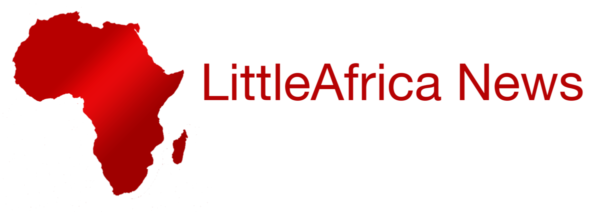Russia launched its most extensive aerial assault on Ukraine overnight from May 25 to May 26, deploying over 350 drones and missiles in a coordinated strike. Ukrainian air defence reported that 266 drones and 45 missiles were intercepted, but dozens still reached civilian areas, resulting in at least 13 fatalities and more than 60 injuries across multiple regions.
The attacks, described by officials as the most intense since the conflict began in 2022, included targets in Kyiv and Zhytomyr, where children were among the casualties. The Ukrainian Air Force classified the offensive as the largest by volume, highlighting its unprecedented scale. NATO’s air defence strategy outlines measures member states use to address evolving aerial threats.
Political responses quickly followed. United States President Donald Trump issued a sharp criticism of the Russian leadership, stating that the ongoing actions “will lead to the downfall” of the aggressor if the escalation continues. He also indicated the likelihood of considering new sanctions, emphasizing growing impatience with the prolonged conflict. The president added, “He’s killing a lot of people. I don’t like it at all.”
Ukrainian leadership urged stronger international pressure, stating that “without truly strong pressure, this brutality cannot be stopped.” The appeal included calls for broader sanctions and diplomatic action. Simultaneously, the Russian government defended the attacks as retaliation for assaults on domestic infrastructure. The strikes coincided with air defence operations in Russia, which intercepted approximately 20 inbound drones.
On the diplomatic front, a recent phone conversation between leaders from both nations hinted at the potential for renewed negotiations. A preliminary agreement was made for a 30-day ceasefire, but only one side publicly committed to the timeline. Observers remain skeptical, with some viewing current proposals as stalling tactics. The conflict still affects roughly 20% of Ukrainian territory, including long-held regions annexed in prior years.
The surge in attacks came shortly after a significant prisoner swap involving 1,000 detainees. Despite this, progress toward a comprehensive peace remains limited. International policy analysts recommend monitoring developments through official platforms like the OSCE Conflict Prevention Center and the EU’s Common Foreign and Security Policy for structured updates.

















